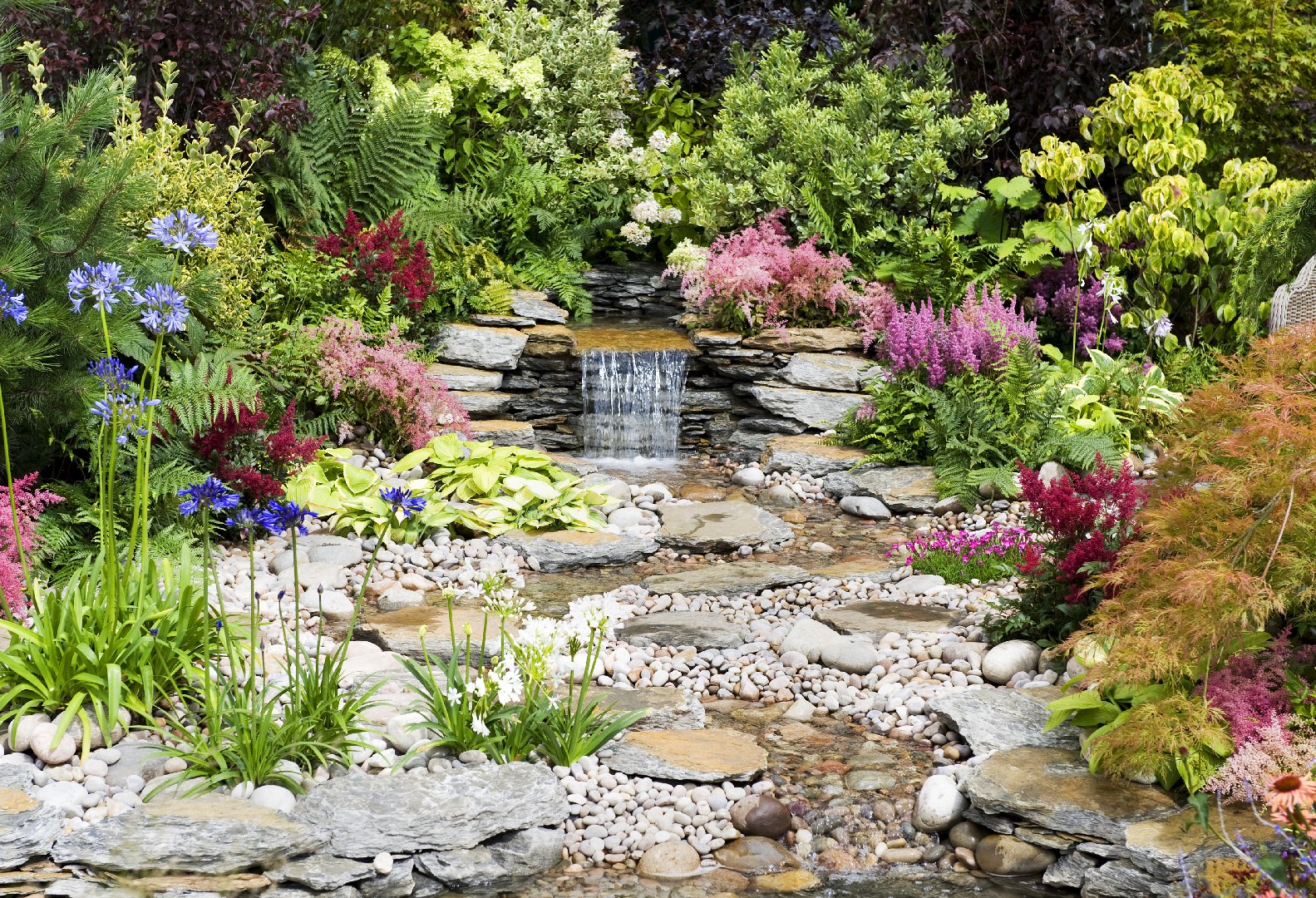![Rectangle]()
Constructing Your Natural-Looking Stream
Constructing a natural-looking stream in your garden can be a rewarding and fulfilling project. With the right methods, skills, and knowledge, you can create a magnificent stream that adds beauty and tranquility to your outdoor space. In this section, we will explore the key steps to ensure your stream looks natural, as well as some maintenance considerations to keep it clean and safe.
The first step in constructing a natural-looking stream is adequate excavation and stream liner installation. Before you begin, it's important to plan the layout and design of your stream. Consider the natural features of your garden, such as slopes and existing water sources, and incorporate them into your stream design. Once you have a plan in place, you can start excavating the area where your stream will be located. Dig the stream bed according to your design, ensuring the depth and width are appropriate for the size of your stream.
Once the excavation is complete, it's time to install the stream liner. A high-quality liner will help maintain the shape and integrity of your stream, preventing leaks and minimizing maintenance. Choose a liner that is durable, flexible, and resistant to UV rays and punctures. Carefully lay the liner in the excavation, ensuring it covers the entire stream bed and extends up the sides.
Creating a natural look in your stream involves using rocks, plants, and water features strategically. Start by placing large rocks along the edges of the stream bed and arrange them to create a natural-looking border. Use smaller rocks to create depth and texture, and arrange them in a way that mimics how rocks appear in a natural stream. Be sure to bury some rocks partially, as this adds to the realism.
Incorporating plants into your stream is another essential aspect of creating a natural look. Choose native plants that thrive in wet environments, such as ferns, water lilies, and irises. Plant them along the stream banks, ensuring they have enough access to water. The plants will not only add beauty and color to your stream but also help filter the water and provide habitat for wildlife.
To enhance the natural look of your stream, consider adding water features such as cascades or waterfalls. These features create movement and sound, adding to the overall ambiance of your garden. They can be easily achieved with the use of pumps and strategic rock placement.
Maintaining your natural-looking stream is crucial to ensure it remains clean and safe. Regularly remove debris such as leaves, sticks, and algae, as they can clog your stream and affect water flow. Trim and prune plants as needed to prevent overgrowth and maintain a well-groomed appearance. Additionally, monitor the water quality of your stream and consider adding beneficial bacteria to keep it balanced.
In conclusion, constructing a natural-looking stream requires adequate excavation, proper stream liner installation, and strategic placement of rocks, plants, and water features. By following these steps and incorporating maintenance practices, you can create a magnificent stream that adds beauty and tranquility to your garden. Get started on this rewarding project and bring the serenity of a flowing stream to your outdoor oasis.





